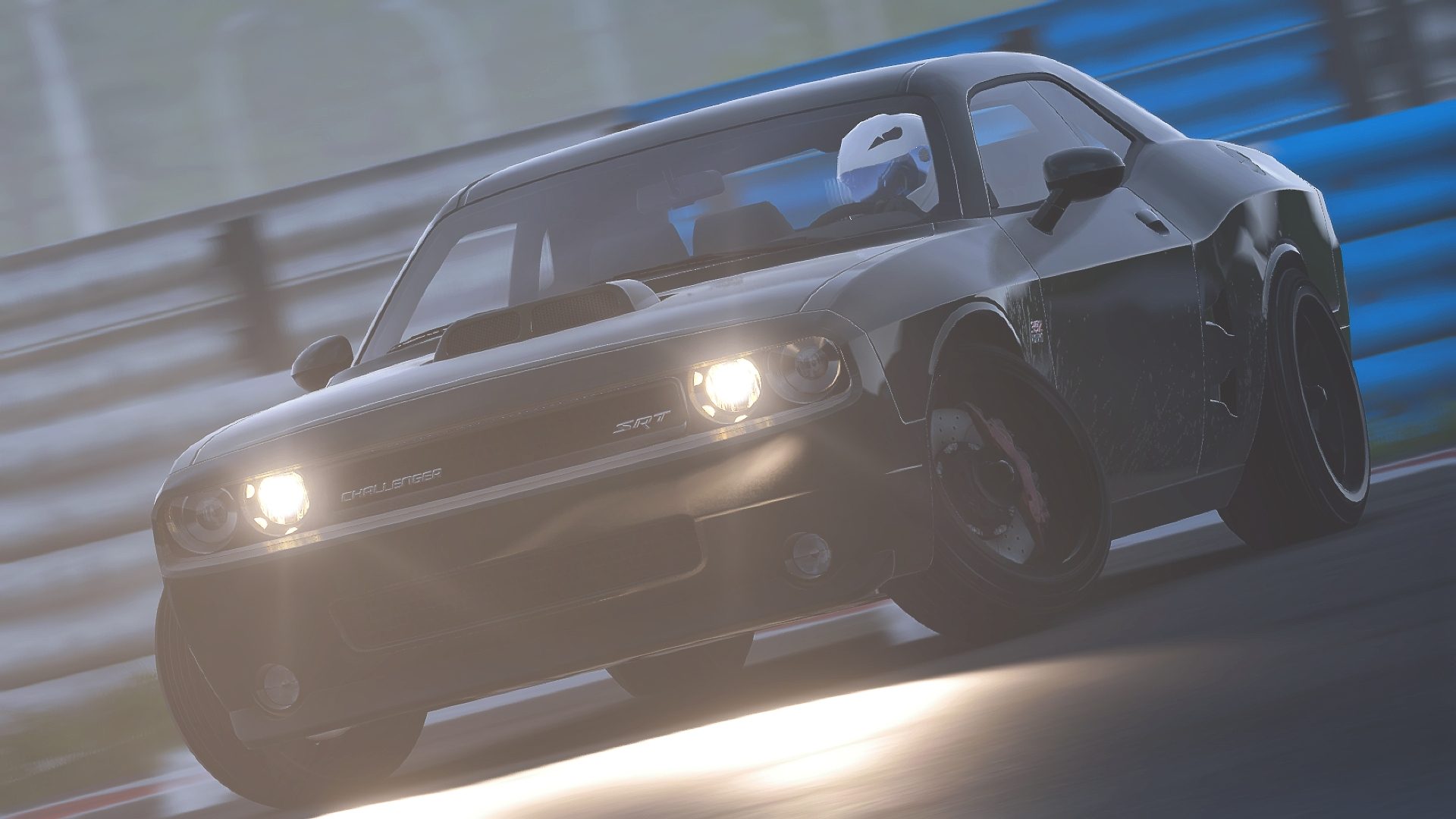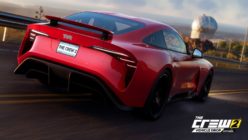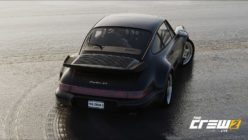The second beta for The Crew 2 is done. As a sequel to an ambitious arcade racer, it’s poised to be one of the main racing games of the summer.
The original game offered a unique premise in the arcade open-world genre: the continental US was your sandbox. It wasn’t pretty (at least initially), and it suffered some serious flaws to be able to deliver on that promise, but The Crew had heart.
It also had serious legs. The community bought and played it consistently, enough to warrant developer Ivory Tower to get to work on a sequel. IT hasn’t messed with the setting — why ditch mini-America after all that work? — but has embraced the craziness. It’s added planes and boats to the mix, and tinkered under the hood.
We’ve spent some time with both betas. As the full game launches this Friday, June 29 (or Tuesday for early access), we wanted to find out if The Crew 2 is a worthy addition to gamers’ libraries.
The Premise
Arcade racers tend to need a story. The original Crew told that old “he killed my brother” chestnut, and thankfully, that’s dropped here. Things are simpler, and lighter. There’s a country-wide racing festival going on, across multiple disciplines, and you’re aiming to be the best at all of them. It’s no octane-fueled The Last of Us, and that’s probably for the best.
There are four “Motor Families” in The Crew 2. These each feature multiple disciplines, and there’s no forced progression across them. You can work through any you want, in any order, but do keep in mind that certain vehicles are only available after accomplishing discipline-specific tasks.
A quick breakdown:
- Street Racing: Hyper Car, Drag Race, Street Race, Drift
- Pro Racing: Alpha GP, Power Boat, Air Race, Touring Car
- Free Style: Monster Truck, Aero Batics, Jet Sprint
- Off Road: Rally Cross, Moto Cross, Rally Raid
You progress through the game in that most millennial of ways: by earning followers. You gain them through completing events or performing stunts. It’s very easy to do — especially in the planes — and didn’t feel like a grind in the beta. The usual credits buy rides, although the prices for cars are very strange. A “base” Aventador will cost you more than just about any hypercar, for example.
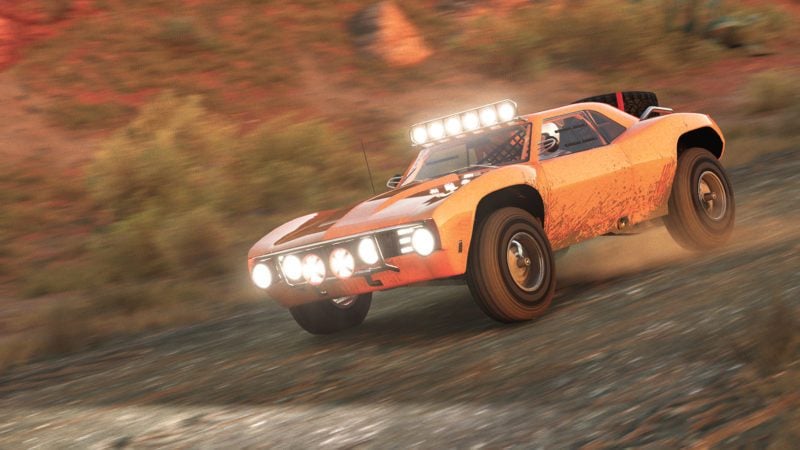
Graphics and Sound
First impressions are good. The Crew 2’s open world may not have the graphical chops of the sim racers on the market, but it’s a definite step up from the last game. And considering the sheer size of the environment (and those planes), concessions are necessary.
The menu designs are snappy and clean, with pops of color breathing life into proceedings. The game doesn’t take itself too seriously, which is the right approach. After all, this is a title that allows players to swap between a plane and a car at the press of a button, hundreds of feet in the air.
The cars look great. Again, there isn’t the obsessive level of quality you’ll find in something like GT Sport or Forza 7, but every car is instantly recognizable. What sets TC2 apart — and gives off a very TDU vibe — is the level of factory customization. When you buy a car, you can select from multiple OEM wheels, or interior colors. There could be factory body kit options too, as well as aftermarket ones. It really goes a long way into making the cars your own — and that’s exponentially increased by the livery editor.
Special mention goes to the photo mode too. The level of adjustability, plus the game’s built-in, always-available rewind, means you can always frame the perfect shot. There’s a ton of options, from adjusting the weather and time of day, to removing other cars or animals. It’s as in-depth as the mode found in GT Sport, if targeting a different side of the spectrum.
In terms of sounds, The Crew 2 is average. There’s a lot of environmental sounds, but cars sound muffled and flat. The exceptions tend to be Italian; the LaFerrari and Zonda F both are highlights. Drive them as soon as you can.
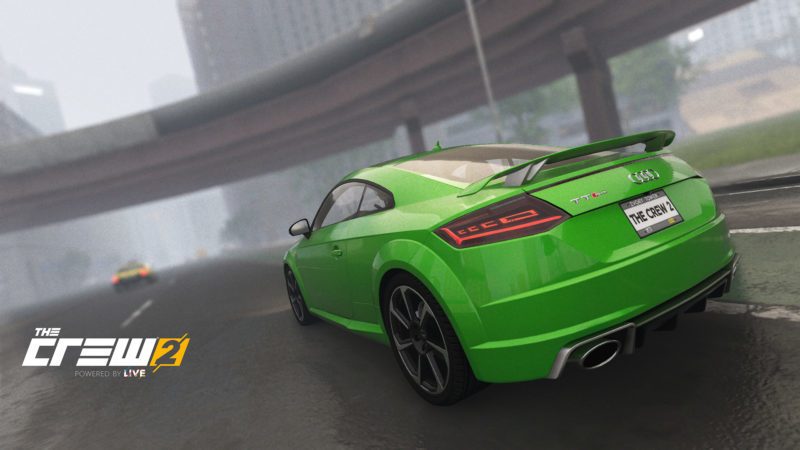
Controls and Physics
Good news first: this is a major step up from the first game. Something always felt very off with The Crew’s handling model. Not even from our usual sim-racer angle, but compared to other arcade racers. It was inconsistent: a car’s steering could feel both gloopy and darty within moments of each other.
The new game is better. Controls are far more consistent, and road vehicles have a greater feeling of weight.
Bad news is a matter of expectations. If you’re coming into The Crew 2 hoping to learn the nuances of a 911 GT3 RS’ on-limit behaviour, well, I don’t know where you got that idea.
This is an arcade racer through and through: there isn’t a lot of nuance in handling between cars in the same discipline. There are obvious differences, of course: the 911 is keener to turn in than the Camaro or TT-RS in its street racing class. The Camaro feels looser-limbed, and the TT-RS is all about mid-corner, all-paw security.
They all flatter the driver. They’re all almost impossible to spin too; you’d have to really be trying. The Crew 2 gives you a taste of what separates these cars in the real world, but prioritizes ease of access in its over-arching quest for fun and inclusiveness. Given the target market, that’s okay in my books, but it certainly feels a step back from titles like Forza Horizon 3.
Regardless of the game’s arcade action, there are two issues that stuck out during my time with it. One was the performance stats; the TT-RS’ in particular are massively off from its real-world times. I’m talking 50% slower to 60mph off. Even in this world, that seems strange, although that could be down to class balancing.
The tougher nut to crack is the game’s gravity. It’s hard to describe: cars don’t fall with inertia so much as they get sucked to the ground. It’s not the game’s insistence on keeping cars shiny side up that feels weird — other games have done that in the past — but the unusual, uneven pace at which things fall.
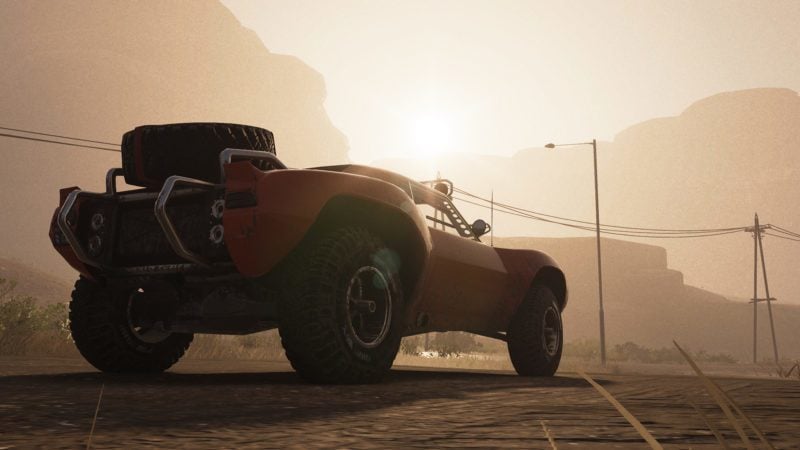
Conclusion
I had a soft spot for The Crew. I liked the premise, and wanted to love the game. But it felt too compromised.
The Crew 2 does what it needed to do: apply a liberal amount of polish to the original concept. It’s patently silly, and it wears that on its sleeve. Which I’d argue is exactly what the genre needs.
We’ve had a metric ton of excellent sim racers arrive on consoles in the last year alone (never mind the evergreen fields in PC-land). Arguably then, The Crew 2 probably shouldn’t be serious.
What The Crew 2 can do is bring automotive enthusiasm to a wide audience. It’s insanely easy to pick up, and because it deals with licensed vehicles, it could act as an entry point into this world. Its shrunken down America makes for the ultimate cruising opportunity, and the breadth of customization mixed with some inspired car choices should make for plenty of variety.
Ubisoft has already announced plenty of (free) post-launch support, which should only strengthen that. As an automotive sandbox to complement the track-based racers in our libraries, The Crew 2’s future looks bright.
The Crew 2 launches June 29 on PlayStation 4, Xbox One, and PC.
Featured image courtesy of Einjzmolf.
See more articles on Preview.

